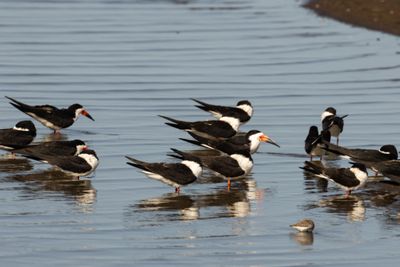
Black Skimmer (Rynchops niger) |
![Hawaiian Black Noddy (Anous [minutus] melanogenys)](https://a4.pbase.com/g3/46/683346/3/124832370.9zrDKAVo.jpg)
Hawaiian Black Noddy (Anous [minutus] melanogenys) |
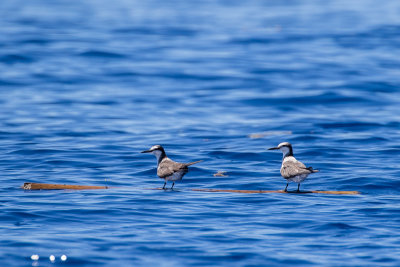
Bridled Tern (Onychoprion anaethetus) |

Yellow-billed Tern (Sternula superciliaris) |
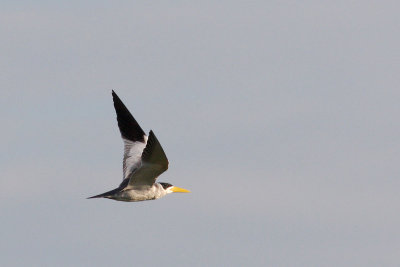
Large-billed Tern (Phaetusa simplex) |

Caspian Gull (Larus cachinnans) |

Caspian Tern (Hydroprogne caspia) |
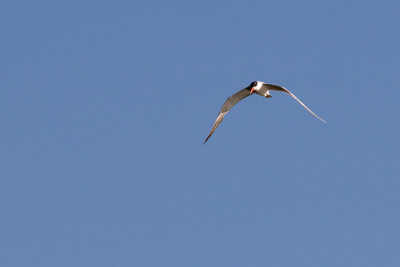
Caspian Tern (Hydroprogne caspia) |
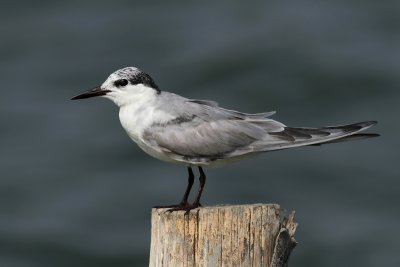
Whiskered Tern (Chlidonias hybrida) |

White-winged Tern (Chlidonias leucopterus) |
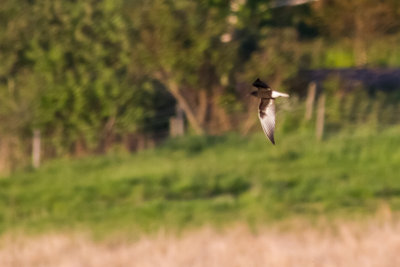
White-winged Tern (Chlidonias leucopterus) |
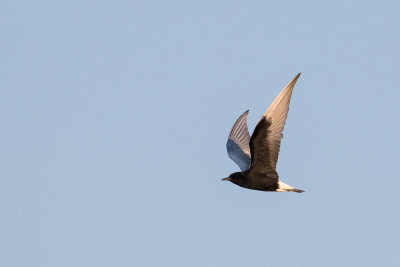
White-winged Tern (Chlidonias leucopterus) |

Greater Crested Tern (Thalasseus bergii) |
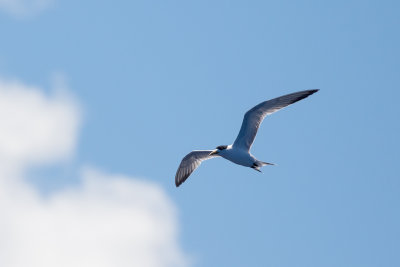
Greater Crested Tern (Thalasseus bergii) |
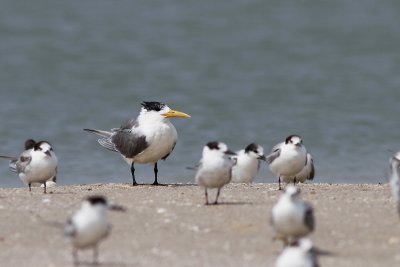
Greater Crested Tern (Thalasseus bergii) |

Lesser Crested Tern (Thalasseus bengalensis) |

Greater Adjutant (Leptoptilos dubius) & River Tern (Sterna aurantia) |
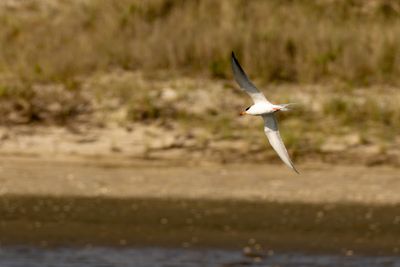
Forster's Tern (Sterna forsteri) |

Arctic Tern (Sterna paradisaea) |
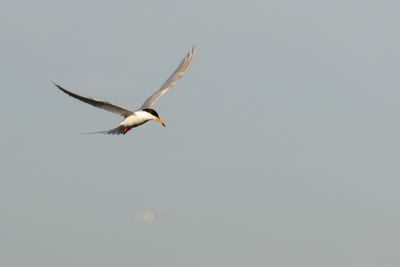
Common Tern (Sterna hirundo) |
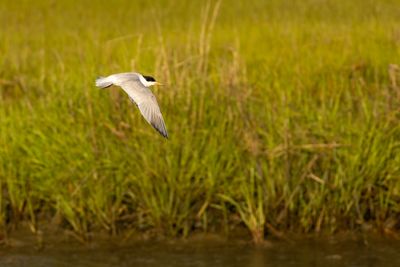
Common Tern (Sterna hirundo) |
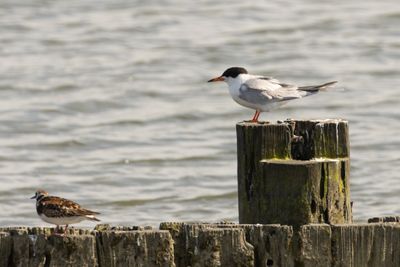
Common Tern (Sterna hirundo) |

Common Tern (Sterna hirundo) |

Common Tern (Sterna hirundo) |

Common Tern (Sterna hirundo) |

Black-legged Kittiwake ( Rissa tridactyla) |
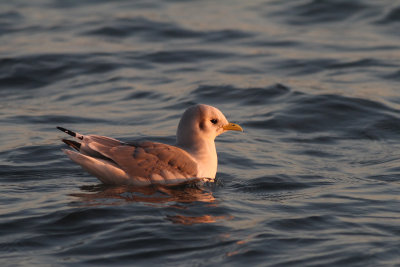
Black-legged Kittiwake ( Rissa tridactyla) |

Bonaparte's Gull (Chroicocephalus philadelphia) |

Bonaparte's Gull (Chroicocephalus philadelphia) |
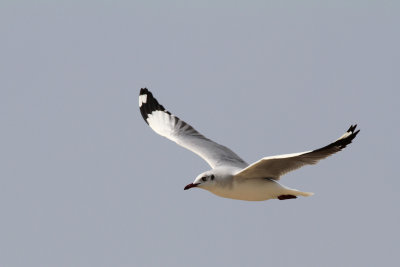
Brown-headed Gull (Chroicocephalus brunnicephalus) |
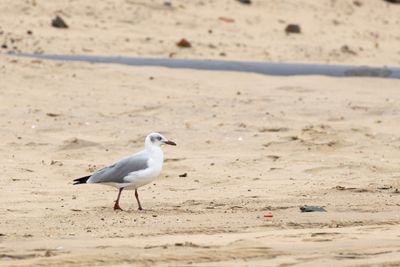
Grey-headed Gull (Chroicocephalus cirrocephalus) |
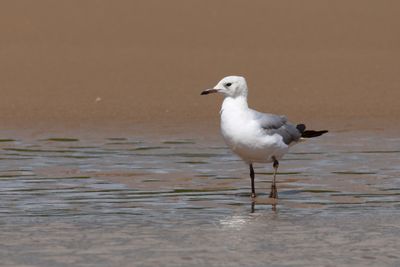
Hartlaub's Gull (Chroicocephalus hartlaubii) |
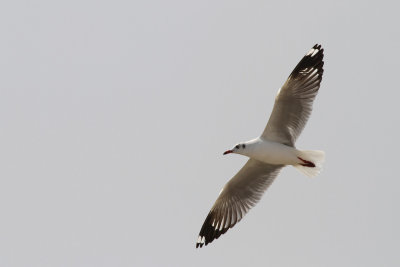
Brown-hooded Gull (Chroicocephalus maculipennis) |
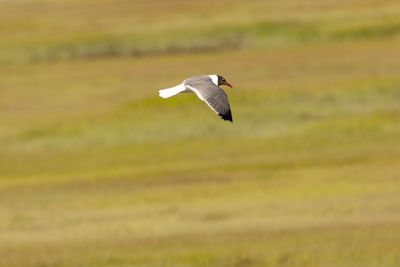
Laughing Gull (Leucophaeus atricilla) |
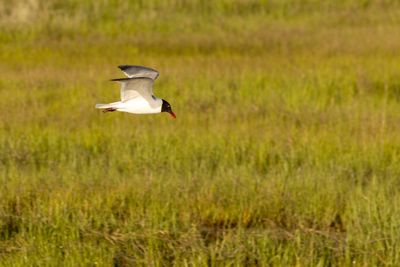
Laughing Gull (Leucophaeus atricilla) |
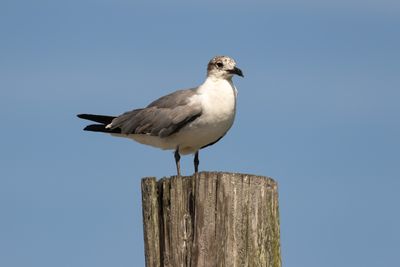
Laughing Gull (Leucophaeus atricilla) |

Pallas's Gull (Ichthyaetus ichthyaetus) |
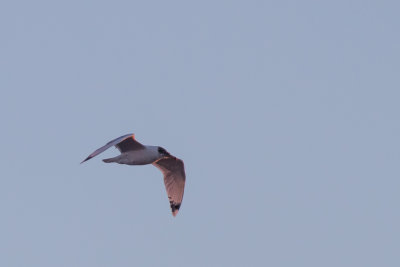
Pallas's Gull (Ichthyaetus ichthyaetus) |

Mediterranean Gull (Ichthyaetus melanocephalus) |

White-eyed Gull (Ichthyaetus leucophthalmus) |

Sooty Gull (Ichthyaetus hemprichii) |
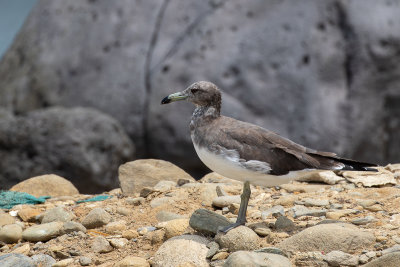
Sooty Gull (Ichthyaetus hemprichii) |

Common Gull (Larus canus heinei) |
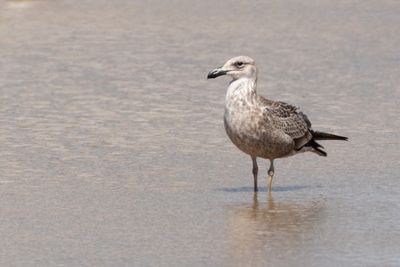
Kelp Gull (Larus dominicanus) |
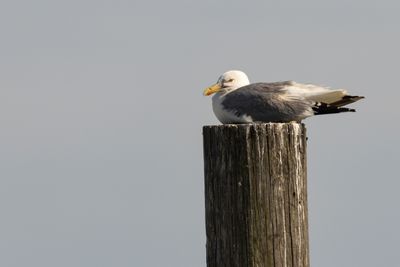
Great Black-backed Gull (Larus marinus) |

Glaucous Gull (Larus hyperboreus) |
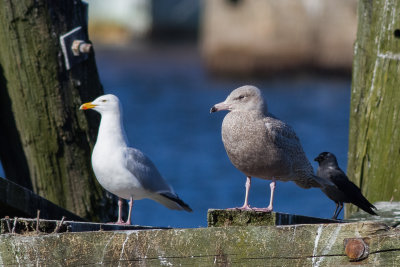
Glaucous Gull (Larus hyperboreus) |
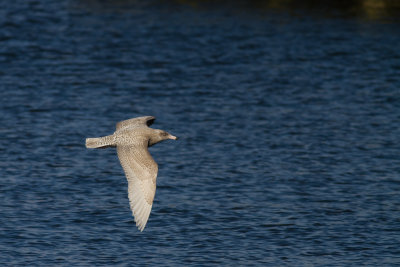
Glaucous Gull (Larus hyperboreus) |

Iceland Gull (Larus glaucoides) |











